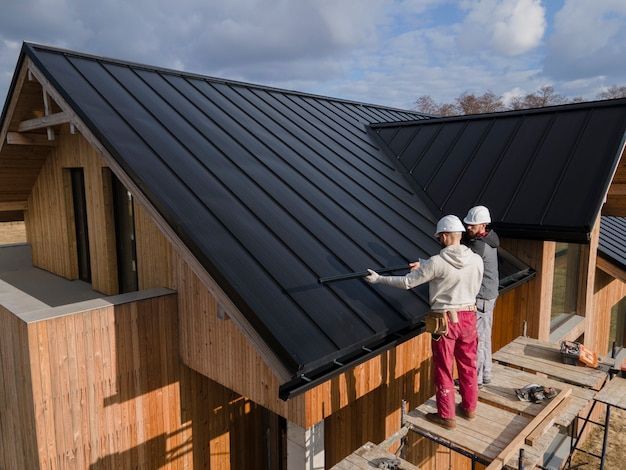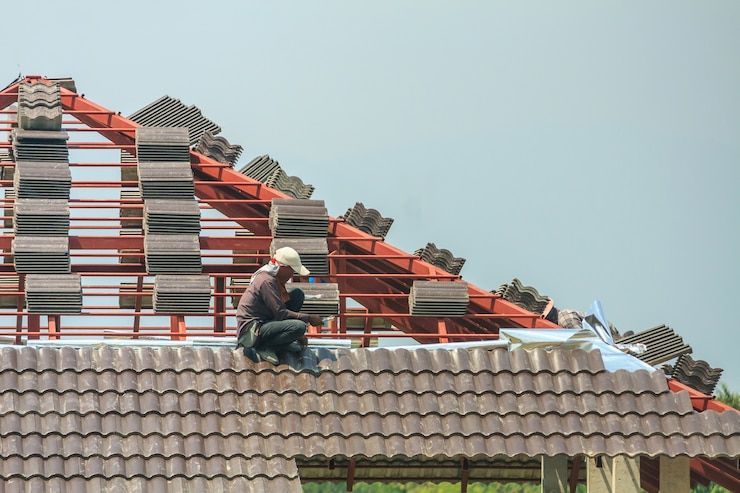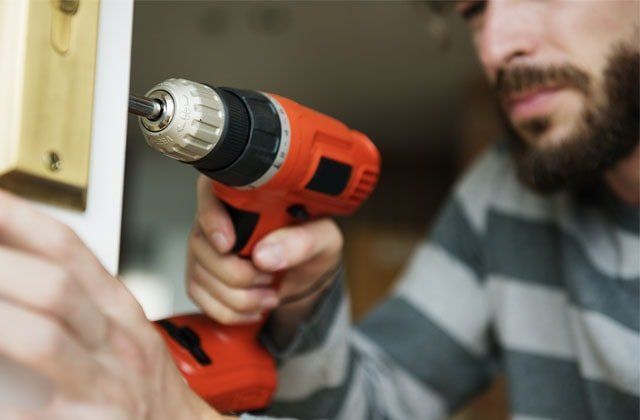A solid and functional roof is the cornerstone of any secure and comfortable home. Over time, however, roofs undergo wear and tear due to exposure to the elements, leading to the need for roof replacement. Whether prompted by age, damage, or a desire for an aesthetic upgrade, the decision to replace a roof is a significant one that involves careful consideration of various factors. In this comprehensive guide, we will explore the intricacies of roof replacement, from signs that indicate it's time for a new roof to the materials, costs, and the process of getting the job done.

1: Signs Your Roof Needs Replacement Determining when to replace your roof is crucial for preventing further damage to your home. Here are some key signs that indicate it might be time for a roof replacement:
1.1. Age of the Roof: Roofs have a finite lifespan. Asphalt shingle roofs typically last 20-30 years, while metal roofs can last 40-70 years. If your roof is nearing the end of its expected lifespan, replacement may be imminent.
1.2. Visible Damage: Inspect your roof for visible signs of damage such as missing or curling shingles, cracked tiles, or corroded metal. These issues can compromise the integrity of the roof and require prompt attention.
1.3. Leaks and Water Damage: Water stains on the ceiling, mold growth, or persistent leaks are clear indicators of a failing roof. Ignoring these issues can lead to more extensive damage to your home's structure.
1.4. Energy Inefficiency: An inefficient roof can lead to increased energy costs. If you notice a spike in your energy bills, it could be a result of heat escaping through a deteriorating roof.
2: Roof Replacement Process Once you've identified the need for a roof replacement, understanding the process is essential. The following steps outline a typical roof replacement procedure:
2.1. Inspection and Assessment: Begin by hiring a professional roofing contractor to conduct a thorough inspection. They will assess the current state of your roof, identify issues, and provide recommendations for replacement.
2.2. Choosing Materials: Selecting the right roofing materials is a critical decision. Options include asphalt shingles, metal roofing, slate, wood shakes, and more. Consider factors such as durability, cost, and aesthetic appeal when making your choice.
2.3. Obtaining Permits: Before commencing the replacement, check with local authorities to ensure you have the necessary permits. Compliance with building codes is crucial to avoid legal issues and ensure safety.
2.4. Removal of Old Roofing: The old roofing materials must be completely removed before installing a new roof. This process allows for a clean slate and ensures that any underlying issues can be addressed.
2.5. Repairing Substrate: Inspect the roof's substrate for damage and make necessary repairs. A solid foundation is essential for the longevity of the new roof.
2.6. Installation of New Roof: Once the substrate is prepared, the new roofing material is installed according to the manufacturer's guidelines. Proper installation is crucial for the roof's performance and longevity.
2.7. Final Inspection: After the installation is complete, a final inspection is conducted to ensure the new roof meets quality standards. This step is essential to identify any issues that may need addressing.
3: Roof Replacement Costs Understanding the costs associated with roof replacement is vital for budgeting and making informed decisions. The overall cost depends on several factors:
3.1. Materials: Different roofing materials come with varying costs. Asphalt shingles are generally more affordable, while premium options like slate or metal can be more expensive.
3.2. Roof Size and Complexity: The size and complexity of your roof influence labor costs. A more intricate roof design or a larger surface area will require more time and resources, affecting the overall cost.
3.3. Underlying Damage: If there is significant damage to the roof's substrate or other structural components, additional repairs will contribute to the overall cost.
3.4. Location: Regional variations in labor and material costs can impact the total expense. Additionally, local building codes and permit fees may vary.
3.5. Contractor Selection: The expertise and reputation of the roofing contractor can also affect the cost. While it may be tempting to choose the lowest bid, it's crucial to prioritize quality workmanship to avoid future issues.
4: Benefits of Roof Replacement Investing in a new roof brings a range of benefits that extend beyond the immediate improvements. Here are some advantages of roof replacement:
4.1. Enhanced Home Value: A new roof not only improves the aesthetics of your home but also enhances its market value. Potential buyers are often willing to pay more for a property with a recently replaced roof.
4.2. Improved Energy Efficiency: Modern roofing materials often come with improved insulation properties, leading to better energy efficiency. This can result in lower heating and cooling costs over time.
4.3. Enhanced Curb Appeal: A new roof can transform the look of your home, boosting its curb appeal. This is particularly important if you plan to sell your home or simply want to take pride in its appearance.
4.4. Increased Structural Integrity: Addressing roofing issues promptly and replacing an aging roof contributes to the overall structural integrity of your home. This proactive approach helps prevent further damage to other components.
4.5. Peace of Mind: Knowing that your home is protected by a sturdy and reliable roof provides peace of mind. You can rest assured that your investment is safeguarded against the elements.
Conclusion
Roof replacement is a significant undertaking that requires careful consideration and planning. By recognizing the signs of a deteriorating roof, understanding the replacement process, estimating costs, and appreciating the long-term benefits, homeowners can make informed decisions to protect their homes and investments. Whether driven by necessity or a desire for improvement, a well-executed roof replacement can enhance the overall quality, value, and sustainability of your home.
Read More: https://shorturl.at/fgxFL



All Rights Reserved | Mister RV Service




